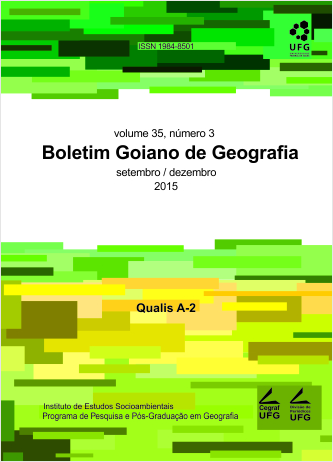TOURISM CARTOGRAPHY IN SANTIAGO DE COMPOSTELA, SPAIN - DOI 10.5216/bgg.v35i3.38831
DOI:
https://doi.org/10.5216/bgg.v35i3.38831Abstract
Santiago de Compostela, the capital of the Autonomous Community of Galicia, is one of the main tourist centers of Spain. It attracts millions of visitor every year because of its cultural and architectonic assets. The religious heritage, in particular, leads thousands of pilgrims to walk the so-called Way of St. James. As a result, thecity of Santiago de Compostela has developed a notable tourism infrastructure. This paper precisely aims to analyze both tourism supply and demand in Santiago. It was based on the use of cartographic methods suitable for representing qualitative data, such as typologies of attractions and existing tourist facilities; as well as quantitative data, like the number of visitors and offers of accommodations. Research results show that the cartographic representation of tourist information allows aggregating an extremely useful geographic variable to planning and spatial planning of tourism. The comparative analysis of the geographic distribution of tourism demand and supply demonstrates the existence of preferred spaces for tourism, plus a strong seasonality, which represent a challenge to government actions and policies. On the other hand, the maps also reveal problems related to the spatial variability of certain types of information. For instance, the kind of accommodation or
demand for certain tourist attractions, which, in turn, allow establishing a hypothesis for a specific investigation.
Keywords: cartography, tourism, geographic analysis, cartographic method.
Downloads
Published
How to Cite
Issue
Section
License
Authors will not receive any payment for publishing their work in Boletim Goiano de Geografia. Therefore, they must grant all rights to the journal. However, they are entirely and exclusively responsible for the published contents, and editors are free to make corrections or adjustments to texts in conformity with publication guidelines.







